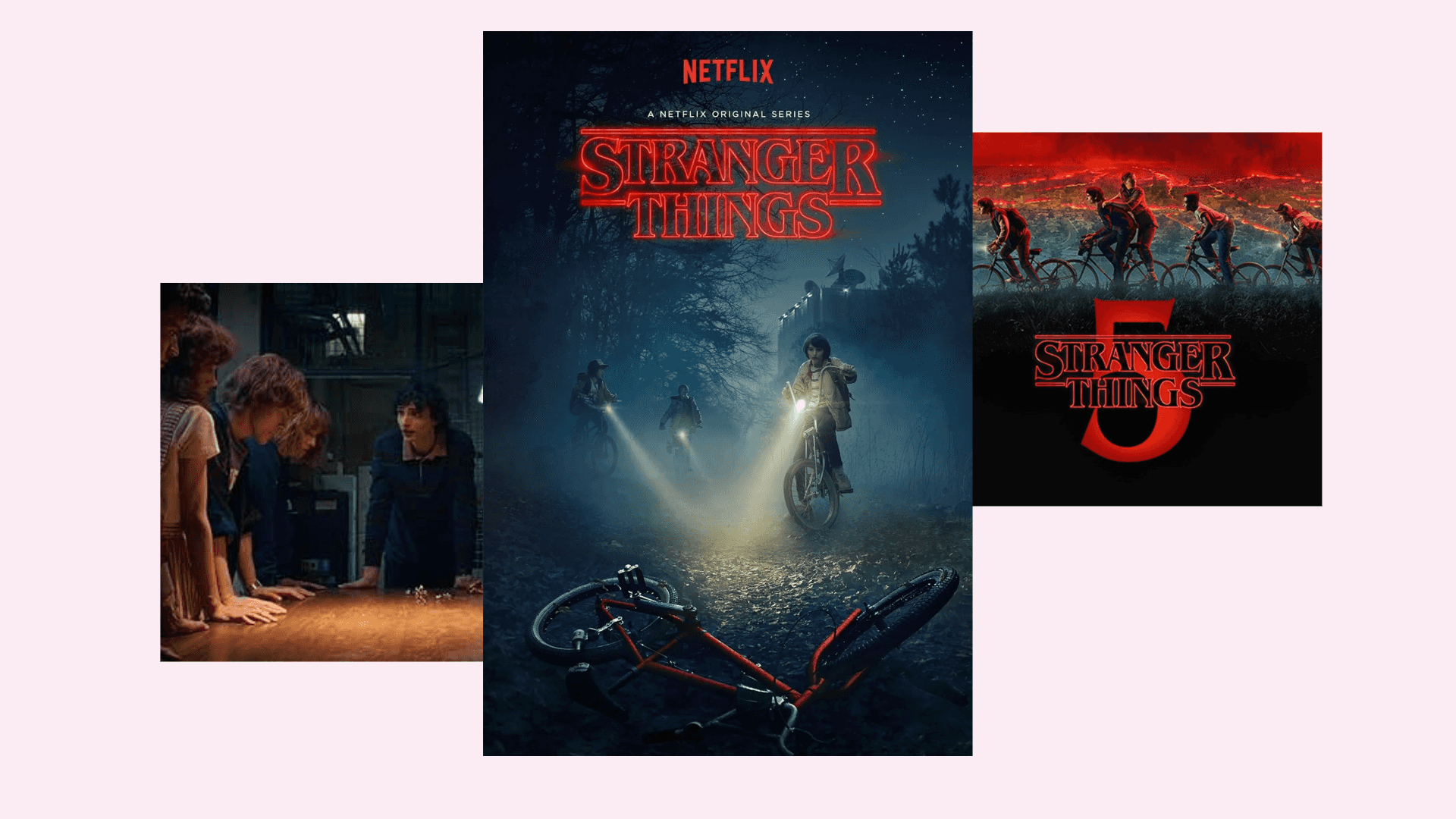
Content: The Future Of Marketing?
Written by Daniel
People often throw about the phrase “content is king”. But for someone who isn’t too familiar with how SEO works it’s easy to be confused by exactly what ‘content’ is, or why it’s so important.
By definition, ‘content’ is “the information and experiences that are directed towards an end-user or audience”. Examples of this include an image, a Tweet, a blog post, a radio broadcast, a short video, or even a feature-length film; but in essence, content is anything that can be consumed through a media format.
Over the last decade, content marketing has become hugely popular amongst marketers. So much so that marketing experts like Seth Godin have hailed it as “the only marketing left”, with 91% of B2B marketers using it to reach customers. And this rise in popularity doesn’t seem to be coming to a halt anytime soon.
Traditionally, marketers relied heavily on large budgets to invest in outbound marketing tactics such as TV advertising, paid search or newspaper ads. But the rise of content marketing has allowed for businesses with little-to-no marketing budget to retain a marketing presence and reach an abundance of new customers. Albeit, a lot of the larger organisations believe in combining a range of inbound and outbound marketing tactics as part of an integrated marketing strategy in order to maximise their reach.
A brief history
To give you some background into the rise of content marketing, we have to go back to the early days of search engines. Throughout the 2000s, keywords and links had been two of the main ranking factors on most major search engines. This led to shady techniques such as keyword-stuffing and link-buying becoming common place, which was far from ideal from a UX point-of-view.
But this all changed in 2011 when Google launched its Panda update. This algorithm update penalised websites that offered what Google deemed as ‘poor quality content’. This was closely followed by Google’s Penguin update, which focused on penalising websites that were using black-hat SEO techniques such as keyword-stuffing and link-buying. Over the last few years Google has released countless more updates to its algorithm, which you can find a full history of at Moz’ Google Algorithm Change History timeline. And with each update it became clearer that Google was focusing on one thing: the end user.
Following the Panda & Penguin updates, SEOs and digital marketers started to pick up on Google’s shift towards good quality content. Whilst the importance of content marketing had been highlighted by several well-known marketers before, mainstream marketers only really started to take notice of the strategy following these updates, as Google Trends backs up.
It’s around this time that it started to become more common for brands to have a blog on their website too. Whilst it’s all good having static web pages packed full of quality content, quality is just one of the many content-focused ranking factors that Google takes into consideration. Another of Google’s main content-focused ranking factors is the recency of content publication. Therefore, if your website is publishing new, high-quality content on a weekly basis you’re likely to rank higher in the search engines. Of course, having an onsite blog is a great way to do this.
Looking forward
Looking into the future, it seems that this user-focus is only going to become more important. As Google’s algorithm becomes more advanced, it will increasingly use AI and machine learning technologies to replicate human behaviours. With this in mind it seems that relevant, high-quality content will only become more crucial if you want to rank on page one of Google.
Focus on publishing good quality content on a regular basis, without asking for anything in return and you can’t go wrong. Whilst it’s always going to be essential to consider the technical aspects of SEO, it’s likely that content and UX will only play a larger role in Google’s ranking factors with time.
One other thing to consider looking into the future is the format of content that you’re publishing. Whilst ten years ago the majority of online content was text-based, this is far from the case anymore. In fact, it’s predicted that a whopping 79% of internet traffic will be video by 2020. But as technology becomes more advanced, we can imagine that even more content formats will become available. Technologies like VR, AR and 360 Video are only the very start. Brands will need to be more inclined than ever to step out of their comfort zone and try something new, otherwise they’ll risk being lost amongst the noise forever.
If content isn’t already a priority for your business, you should endeavour to change this as soon as possible. The whole point of content marketing is to create as many points of entry to your business as possible. Not only does providing good quality content boost your position in the SERPs, but it’s going to attract more shares, engagement and website traffic. What more could you ask for from a marketing channel that doesn’t cost anything to get started with?
If you’d prefer a team of digital marketing experts to take care of your content marketing strategy then why not get in touch with a member of our team?






